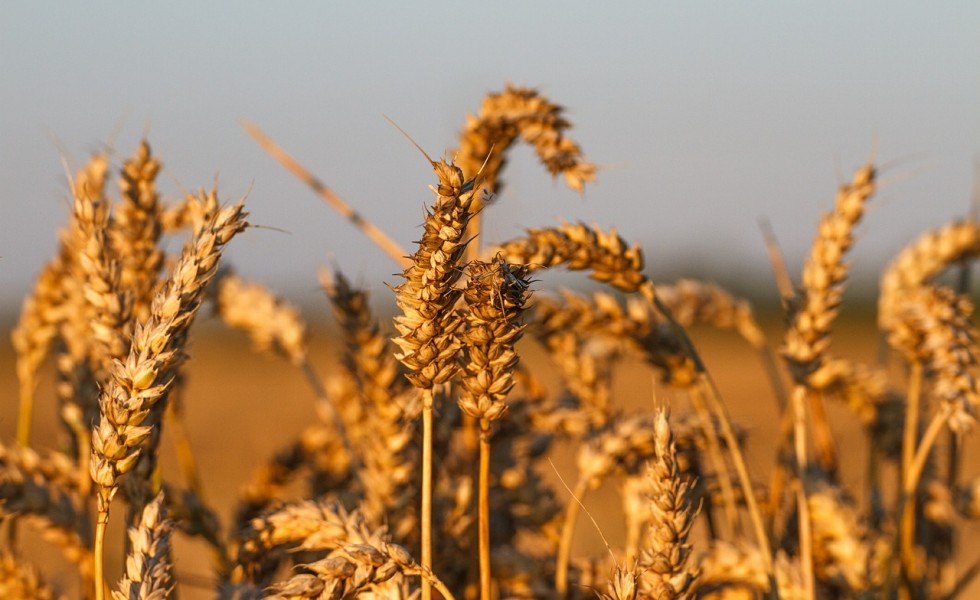Perilous Bounty is a Journey Well Worth Taking
Posted on October 28, 2020

Some books are worth more in your hand and on your shelf than they are as electrons in your e-reader. These books, and their authors, are valued friends and you return to them often for information, advice, and comfort.
Two downsizing moves in the last 15 years have pared my library to a few shelves of books I need and a few shelves of books I want. The books I need include dictionaries; the books I want are works by John McPhee, David Halberstam, Wendell Berry, David McCullough, and Aldo Leopold.
These friends tell compelling stories simply and take me to places I didn’t know I wanted, or even needed, to go.
Tom Philpott’s newly published book, Perilous Bounty: The Looming Collapse of American Farming and How We Can Prevent It, is bucking for a space in that latter group.
As its title suggests, Bounty is a fact-filled tour through today’s paradoxical world of Big Ag. Philpott drives the bus from California orchards to Iowa cornfields to corporate suites and he has plenty of company along the way: hardworking farmers, exasperated extension agents, brave ag innovators, and a few corporate CEOs.
Almost everywhere he stops, however, he and the experts find compounding evidence that today’s production-focused agriculture is swiftly burning through the very resources, mostly soil and water, it needs to sustain itself and us.
The lesson at every stop is obvious: there’s nothing cheap and bountiful about today’s cheap and bountiful food.
Philpott, a farmer before establishing himself as a respected ag journalist, highlights how recent technologies like deep well irrigation, genetically modified seeds, and concentrated animal feeding operations (CAFOs) have helped to make food plentiful and less costly.
At the same time, though, each has cost our natural resources far more and the tab for this extractive food system is already coming due.
For example, Philpott begins his journey in California’s almost perfect Central Valley; almost perfect in that it will grow anything from almonds to alfalfa if there’s enough water.
Therein lies the rub.
In a normal year, this 11.5-million-acre, “$49 billion desert-agriculture empire” is a thirsty beast. In 2014, for instance, its almond trees alone used three times more water than the city of Los Angeles. How long will that nutty inequity be tolerated?
Now fold in climate change.
Water is also a key issue in Philpott’s travels through Iowa, where unfolding acres of corn and soybeans are a “triumph of high technology.” But that triumph didn’t come cheap.
If “American capitalism has turned [California] … into, essentially, a massive fruit-and-vegetable factory,” relates the author, the Iowa landscape is the most “impressive and brutal example I’d seen of humanity’s will to reorder landscapes to whims…”
By itself, that observation almost perfectly captures the disorder that most ag outsiders see in today’s deeply-reordered farms and ranches: our need to dominate nature has made some of us rich but it’s not going to feed our grandchildren.
And yet we celebrate—and our farm programs richly reward—this consumptive system. It’s an accounting trick that can’t work too much longer before Midwest farming drives off “an ecological cliff.”
Before that happens, Philpott urges readers to advocate for a more balanced approach to farming: fewer CAFOs and more mixed crop/livestock farms; less monocultures and more cover crops; more local markets for food and farm goods and fewer production subsidies that, in the end, largely fuel transnational corporations.
While none of these ideas are new—Wendell Berry’s The Gift of Good Land similarly urged all farmers to “accept and live within limits” 40 years ago—Philpott believes there’s a new urgency for change that markets and farmers either can’t or won’t fix.
Others—largely ag outsiders—however, can and will, and when they do, bet that there will be a copy of Perilous Bounty on their bookshelves.
© 2020 ag comm
Share This